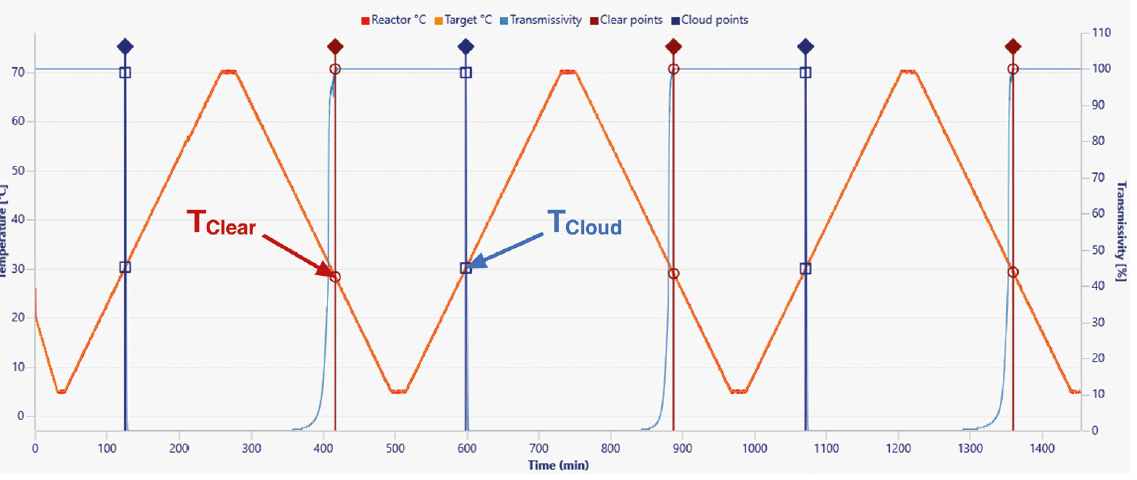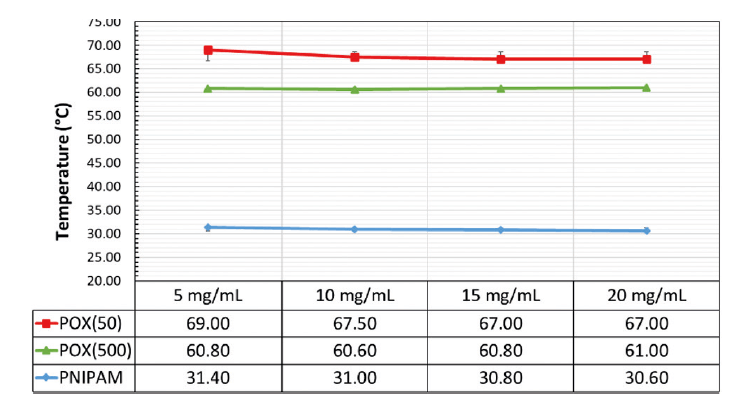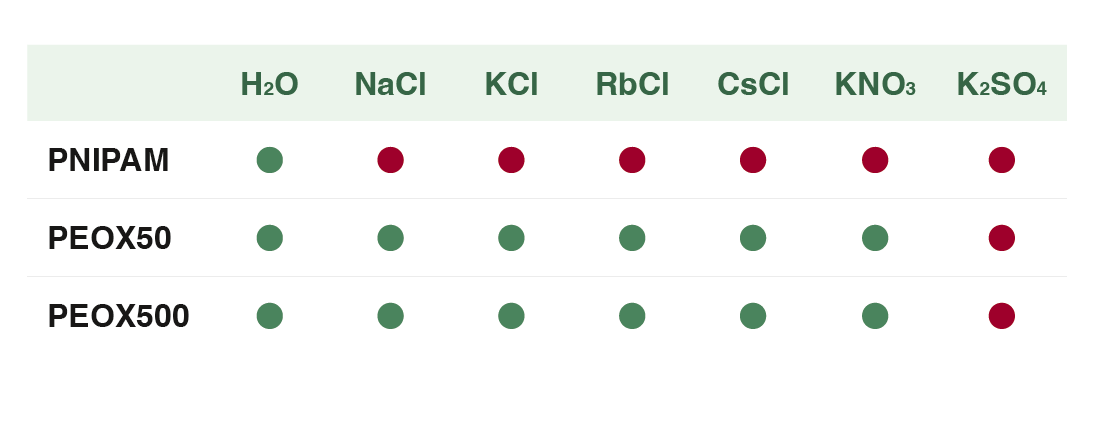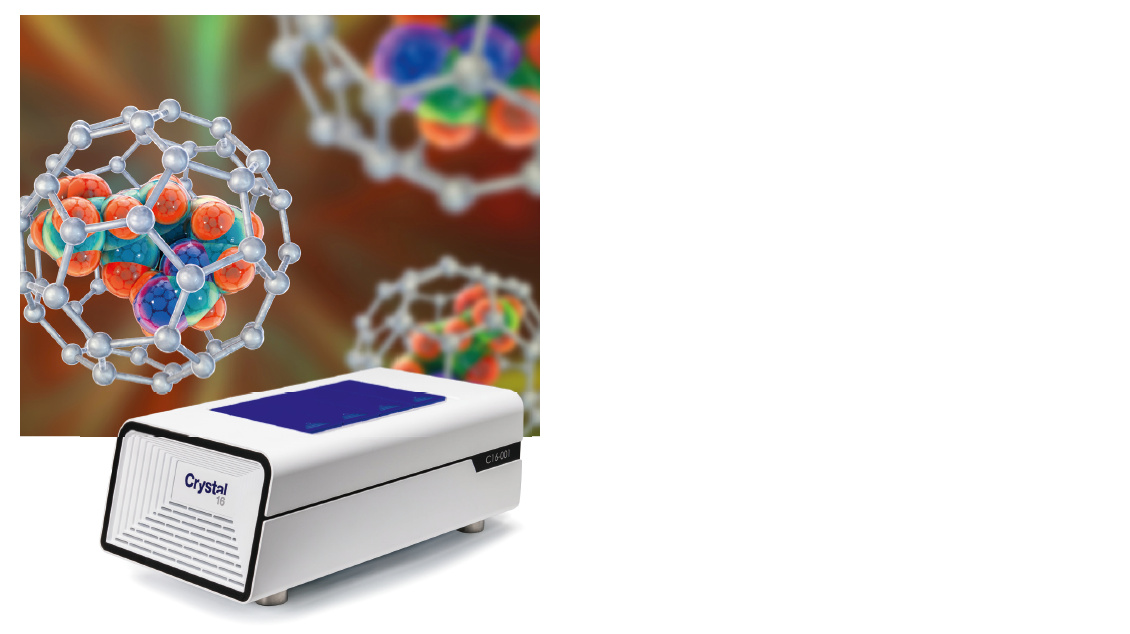Understanding thermo-responsive polymers
In the past two decades, thermo-responsive polymers have emerged as potential smart materials, attracting considerable attention for their dynamic properties.
Applications of thermo-responsive material include:
- Targeted Drug Delivery
- Tissue Engineering
- Self-Healing Materials
- Regenerative Medicine
- Cell imaging
These polymers exhibit phase transitions at specific temperatures, known as the Lower Critical Solution Temperature (LCST). Determining the LCST is crucial for understanding and utilizing these materials.
In this recently published application note, we present an overview of the Lower Critical Solution Temperature (LCST) measurement for polymer-aqueous solvent systems using the Crystal16 instrument. The Crystal16 allows for efficient and precise determination of LCST by measuring cloud point temperature. This method is highlighted through the study of three polymers at various concentrations and in the presence of different salts from the Hofmeister series.
Experiment
Three representative polymers were selected for this study: Poly(N-isopropylacrylamide) (PNIPAM), Poly(2-ethyl-2-oxazoline) (PEOX) with molecular weights of 50,000 g/mol (PEOX50) and 500,000 g/mol (PEOX500). The polymers were analysed at concentrations of 5, 10, 15, and 20 mg/mL in pure water and in the presence of 1M salt solutions from the Hofmeister series. Salts used included Cl-, SO42-, NO3- (as potassium salts), and Na+, K+, Rb+, and Cs+ (as chlorides).
Samples were prepared by dissolving the polymers in 1 mL of aqueous solution at the desired concentrations. The Crystal16 instrument was used to conduct the measurements, with temperature cycles programmed at a heating/cooling rate of 1 °C/min between 5 – 70 °C and constant stirring at 800 rpm. Transmissivity changes were monitored to determine the clear and cloud points, indicating the LCST (Figure 1).

Figure 1: LCST example for PNIPAM 20 mg/mL in water; sample temperature is plotted in red, while sample transmissivity is plotted in blue.
Results
The LCST transition, indicated by the cloud point temperature (Tcloud), varied with polymer concentration. For PNIPAM, Tcloud decreased from 31.4 °C at 5 mg/mL to 30.6 °C at 20 mg/mL. PEOX50 showed a decrease in Tcloud from 69 °C at 5 mg/mL to 67 °C at 15 mg/mL and higher concentrations. PEOX500 exhibited a slight decrease in Tcloud from 60.8 °C at 5 mg/mL to 60.6 °C at 10 mg/mL, then increased to 61 °C at 20 mg/mL (Figure 2).
The presence of salts significantly influenced the LCST behaviour. PNIPAM solutions with all salts resulted in heterogeneous mixtures at room temperature. K2SO4 caused salting-out for all polymer solutions, while other salts maintained the expected LCST behaviour for PEOX samples, as shown in Figure 3.

Figure 2: Concentration dependent LCST (Tcloud) values for PNIPAM, pOx50 and pOx500 in aqueous solutions.

Figure 3: Effect of salts from the Hofmeister series on the polymer solutions; green cells indicate LCST behaviour, while red cells correspond to salting-out event.
Conclusion
This study demonstrated the concentration dependent LCST behaviour and the influence of various salts on the LCST of three polymers. The findings highlight the utility of Crystal16 in understanding thermo-responsive polymers, aiding in their application in various fields.

Curious to learn more?
Read the full application note "Advanced Techniques in Polymer Research: LCST Measurement with Crystal16".